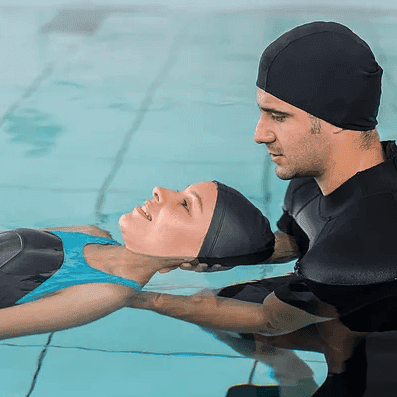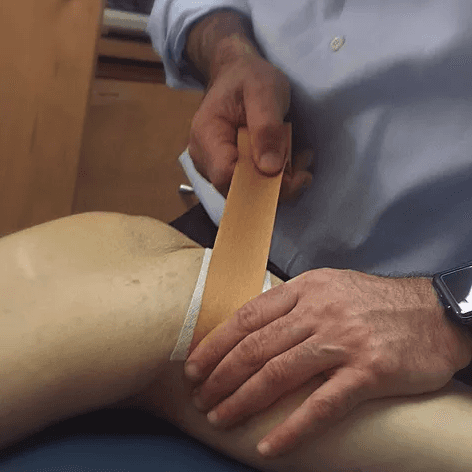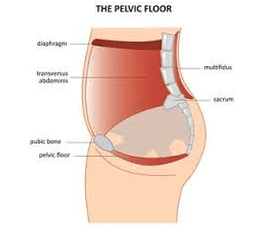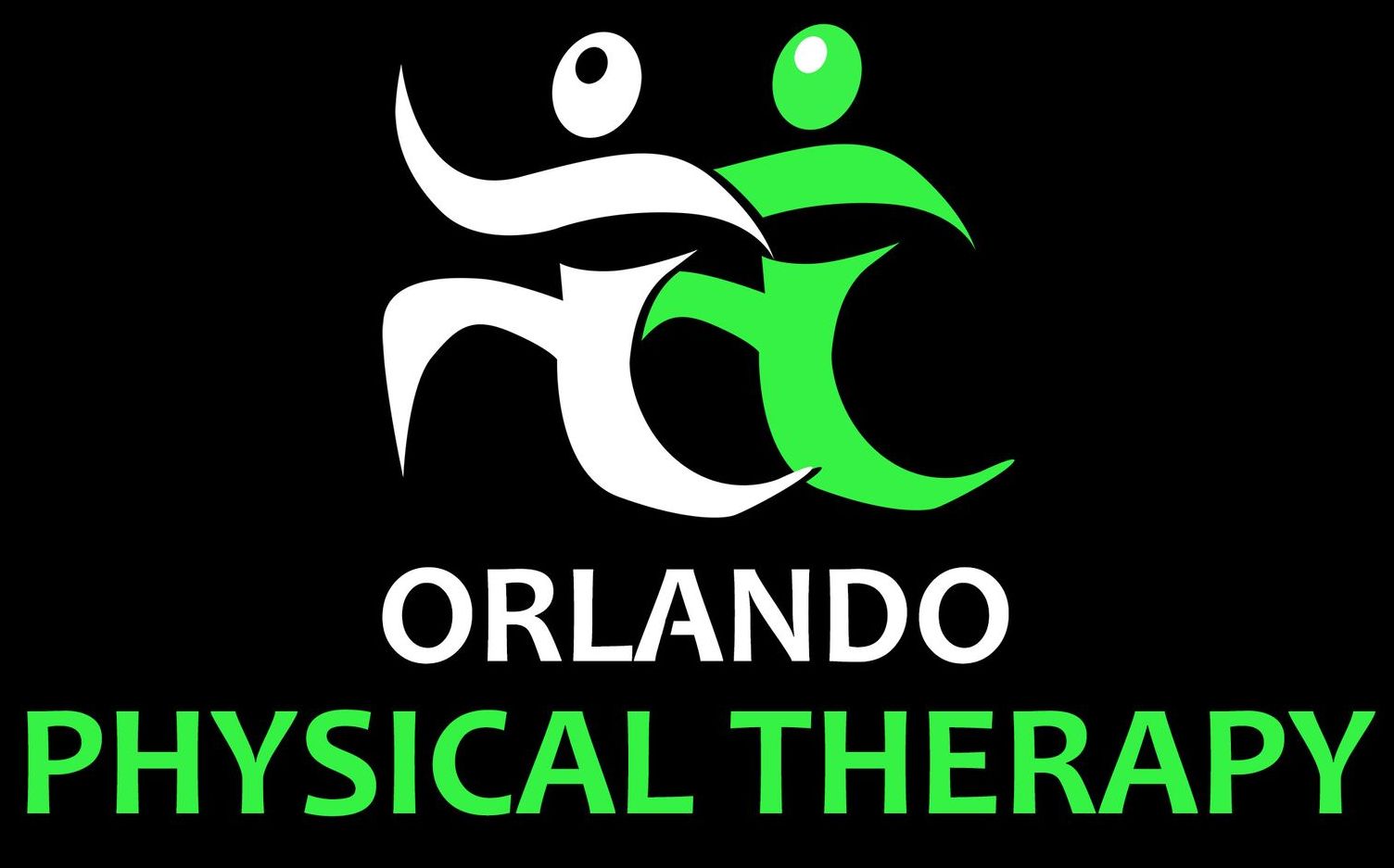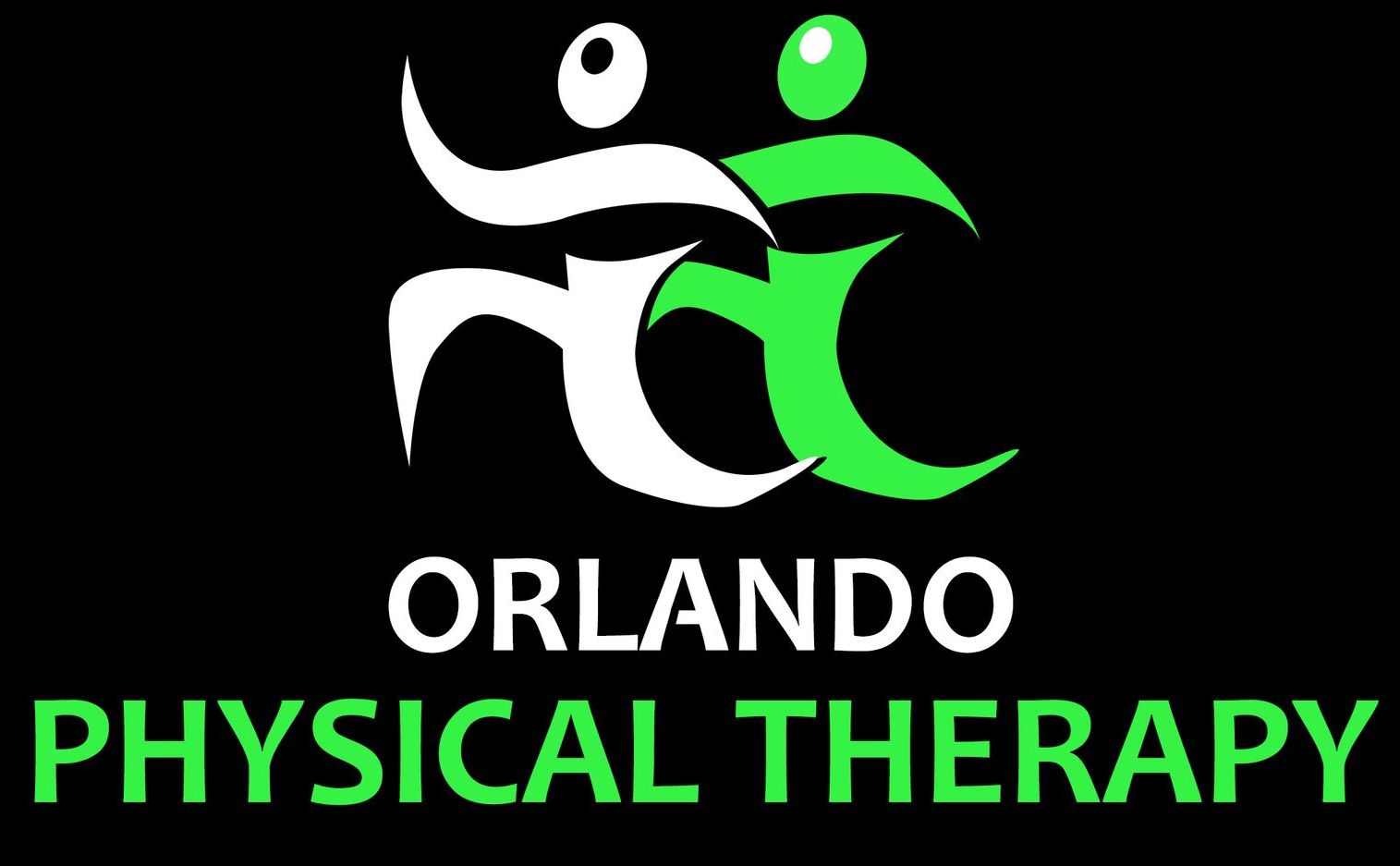Traveling, At Times Can Be Damaging To Your Body!
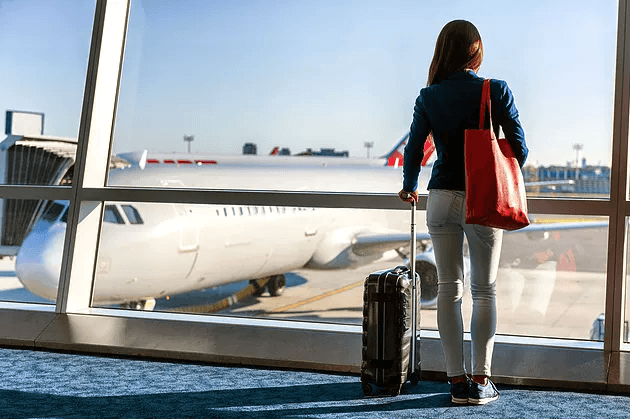
An estimated 222 million people are expected to fly on U.S. carriers this summer season, and if you're one of them, you might not be looking forward to the gross feeling air travel often leaves you with. Besides the airport crowds and stress, traveling at such a high altitude has real effects on the body. One study from the U.K. showed passengers' oxygen levels dropped 4 percent, which could be a concern if you have heart or lung problems. To help prevent headaches, drink plenty of water, and avoid alcohol and caffeine.
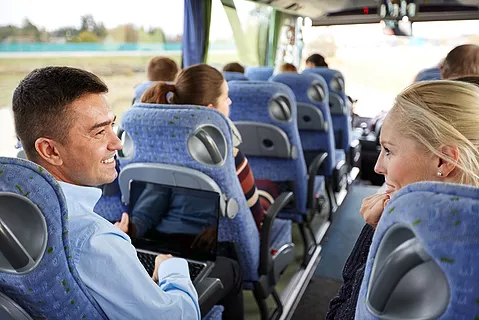
Traveling long distances in cars, buses, and planes over the summer could put you at risk for deep vein thrombosis (DVT) -- potentially deadly blood clots in the deep veins of the lower legs and thighs, an expert says.
Sitting for long periods of time in cramped spaces can limit circulation in the legs, resulting in the formation of a blood
clot. The clot can travel through the blood stream and lodge in the lungs, brain, heart and other areas. This can lead to severe damage to organs and possibly death.
However, it's easy to prevent deep vein thrombosis. If you plan to travel overseas or cross country, make sure you get up and walk around at least every two hours, and try not to sleep more than four hours at a time. Drink plenty of water or juices, wear loose-fitting clothing, eat light meals and limit alcohol consumption. Elderly and those with circulation problems should wear compression stockings that help prevent clots from forming in the deep veins.
About 2 million Americans develop deep vein thrombosis every year, and nearly 200,000 die. "It's a very serious condition that can simply be avoided by getting up and moving around," experts say.
"Symptoms include pain and tenderness, swelling, redness and increased warmth in one leg. In some cases, a physician might suggest that a patient go on blood thinners or simply take an aspirin before and during a long trip to avoid [deep vein thrombosis]."
Sitting in tight quarters for hours and hours can affect blood flow throughout your body, leading to swelling in your feet and ankles. It's also well-established that the risk of a blood clot (DVT) increases when blood isn't circulating well, as happens during plane travel. In that position, the veins in our legs are compressed and the blood flow through them is slowed down Although you often hear the advice to get up and walk around, it can cause traffic jams if too many people do it at once, and can be dangerous in the case of unexpected turbulence. Average travelers without any of risk factors would benefit from simple movements of the ankle—rotation, flexion, extension—which can be done in their own seat as frequently as possible. Risk factors for DVT include being obese, pregnant or postpartum, on birth control pills, over age 40, or having a serious medical illness. People with underlying risk factors for DVT benefit from compression stockings, and for some at high risk, even the use of anti-coagulant drugs may be indicated. Talk to your doctor if you have one or more risk factors and are planning a flight this summer. Pay attention to these silent signs of deep vein thrombosis.
DVT Prevention Tips
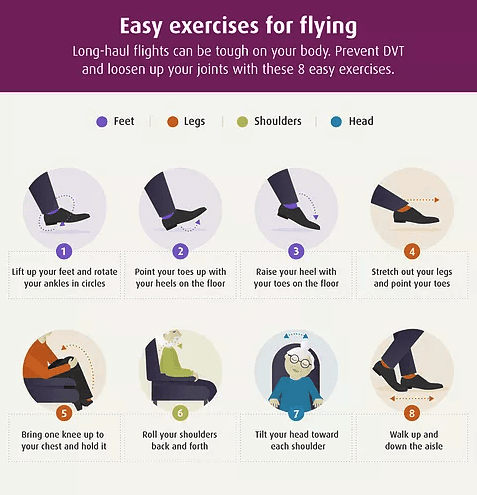
If you can't get up and move around every couple of hours, Here are few exercises to do while sitting down:
1. Ankle turns: Lift your feet off the floor and move your toes in a circle, one foot moving clockwise and the other foot moving counterclockwise. Change direction and repeat.
2.& 3. Foot lifts: Place your heels on the floor and bring your toes up as high as you can. Then put both feet back flat on the floor. Then pull your heels up while keeping the balls of your feet on the floor.
4. Leg Stretch: Stretch out your legs and point your toes.
5. Knee lifts: While keeping your knee bent, raise your leg while tensing your thigh muscle. Repeat 20 to 30 times, alternating legs.
6. Shoulder rolls: Raise your shoulders and then move them forward, downward and then backward in a smooth circular movement
7. Neck roll: Relax your shoulders, let your head drop to your right shoulder and roll your head slowly to the front and then to your left side. Repeat five times.
8. Walk: When on a bus or a plane walk up and down the isle for a stretch. Be courteous of others and cautious of road bumps and turbulence.
9. Arm bends: Start with your elbows on the armrests and your hands pointed forward so that your lower and upper arms make a 90-degree angle. Take turns moving your left and then your right hand toward your chest and back, and continue for 30 seconds.
10. Knee to chest: Bend slightly forward. Fold your hands together around your left knee and pull it toward your chest. Hold this position for 15 seconds and let your knee drop slowly. Change legs and repeat.
11. Forward bends: Place both feet on the floor and pull your abdomen in. Bend slowly forward and ''walk'' your fingers along your shins to your ankles. Hold for 15 seconds and sit up slowly.
12. Upper-body stretch: Stretch both arms over your head. With your right hand, grab your left wrist and pull it slowly to the right. Hold for 15 seconds and change arms.
13. Shoulder stretch: With your right hand, grab your left elbow and pull your outstretched left arm slowly toward your right shoulder. Hold for 15 seconds and change arms.
Stay active during long distance travels to prevent blood clotting and DVT.
References
What Traveling on a Plane Does to Your Body. Tina Donvito
Lengthy Car, Plane Ride Pose Risk of Clots. 11/23/13, Healthy Day.
infographic Image Source: Stay Sure.
Additional Articles

